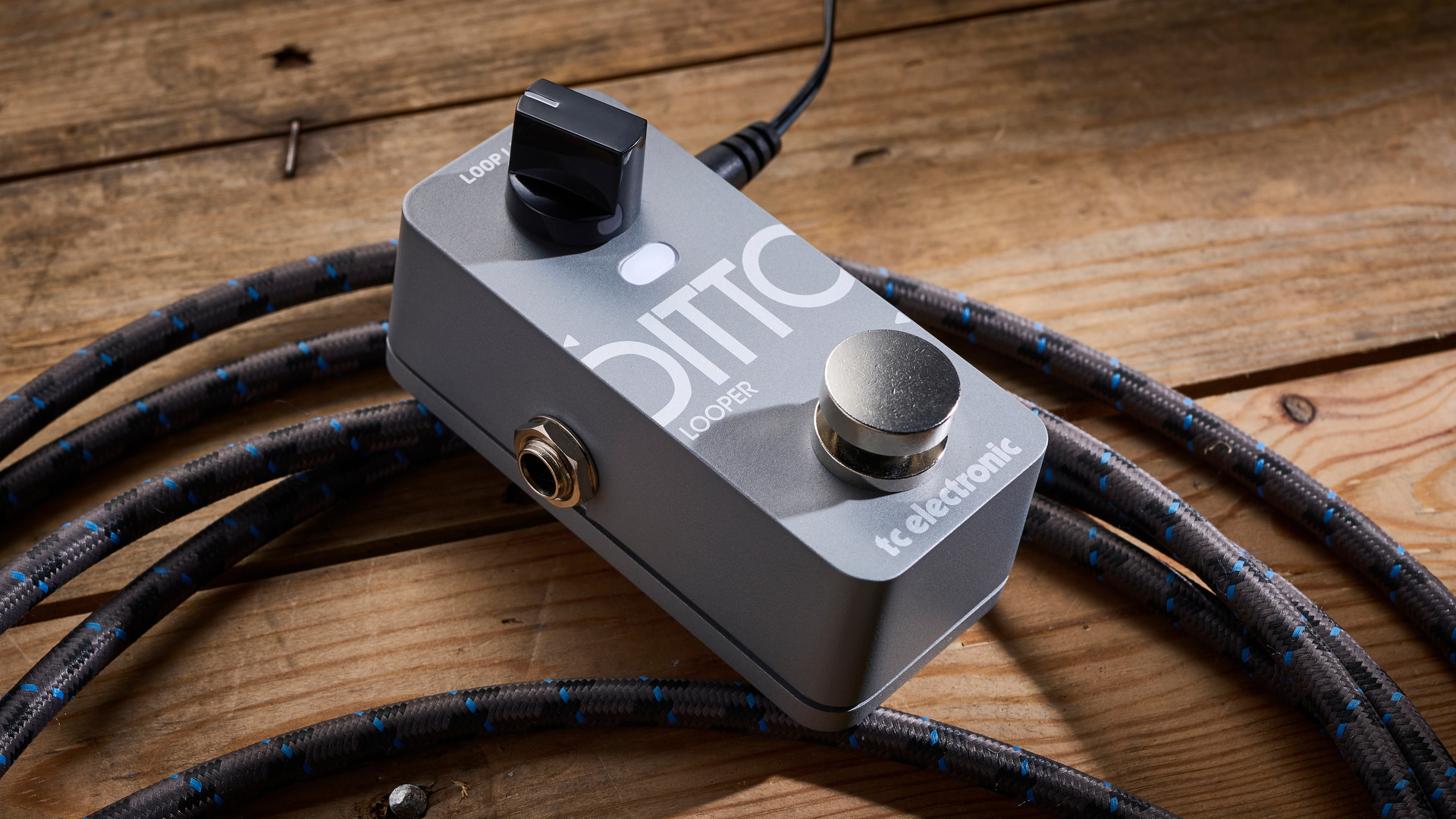
What is it?
The Ditto 2 is TC Electronic's new budget looper pedal. It replaces the ageing Ditto, a diminutive loop pedal that changed the game on its release.
The Ditto offered studio-quality sound, simple, single-button operation, and a tiny footprint. It landed just before the rise of the 2010s math and ambient scenes and became an underground staple.
Specs
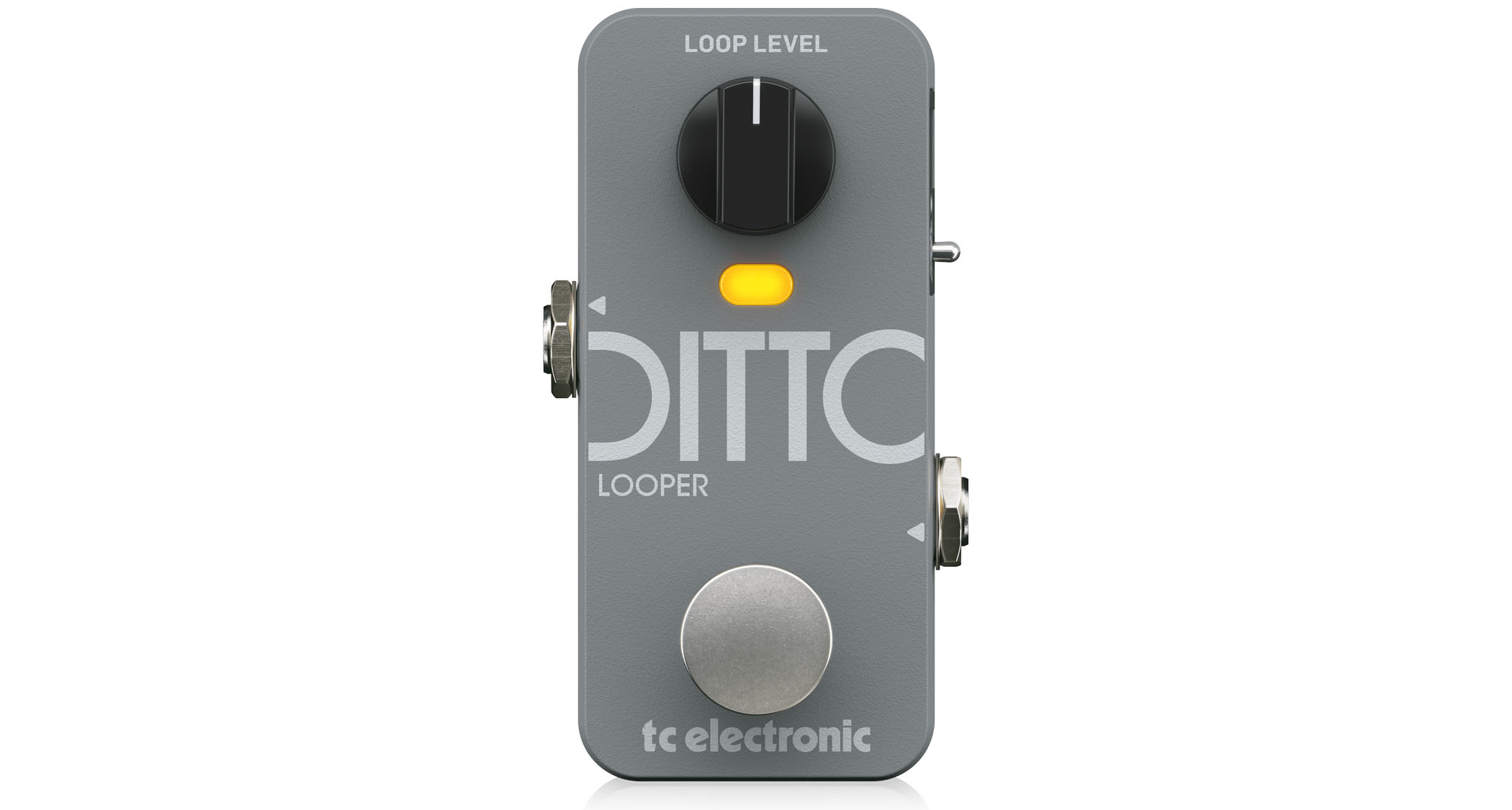
- PRICE: $119/£99
- TYPE: Looper pedal
- MADE: China
- CONTROLS: Loop level, mode
- FEATURES: Infinite overdubs, Loop-snap
- CONNECTIVITY: Input, Output, USB-C, Power
- BYPASS: True
- POWER: 9V DC Centre-negative, 100mA
- DIMENSIONS: 40mm x 35mm x 90mm
- WEIGHT: 0.18kg
- CONTACT: TC Electronic
Build quality
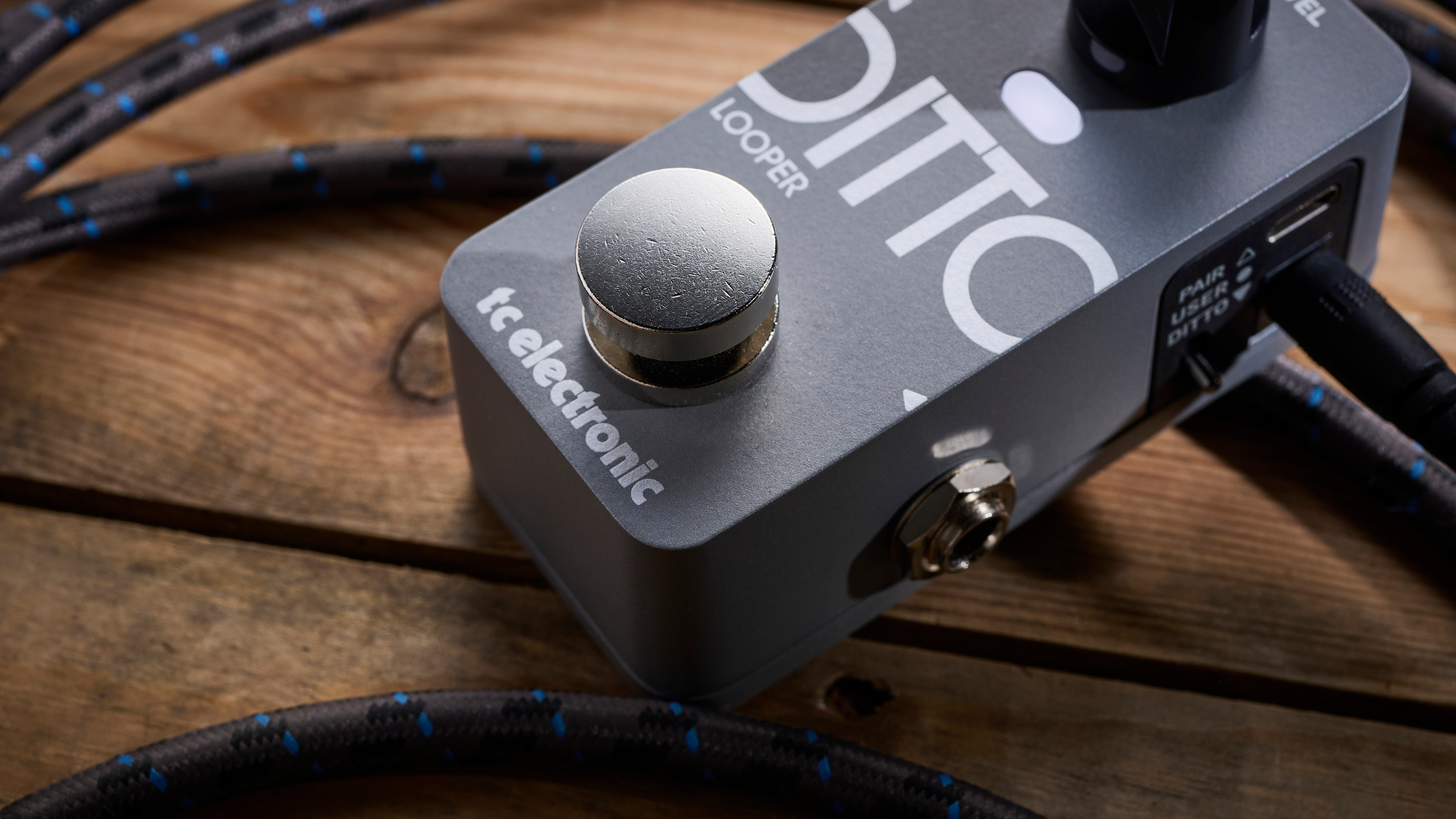
Build quality rating: ★★★★½
The Ditto 2 is sleek, tiny, and bomb-proof. It's small enough that I managed to slot it into a tiny gap left along the edge of a big-box delay. This meant that it landed on my 'board without the need to move or remove anything else. Always a bonus.
One of the most noticeable changes is the footswitch. Any mechanical keyboard nerds will be instantly won over by the satisfying 'punch' of actuating the switch, even if functionally it is the same as the previous model.
Usability
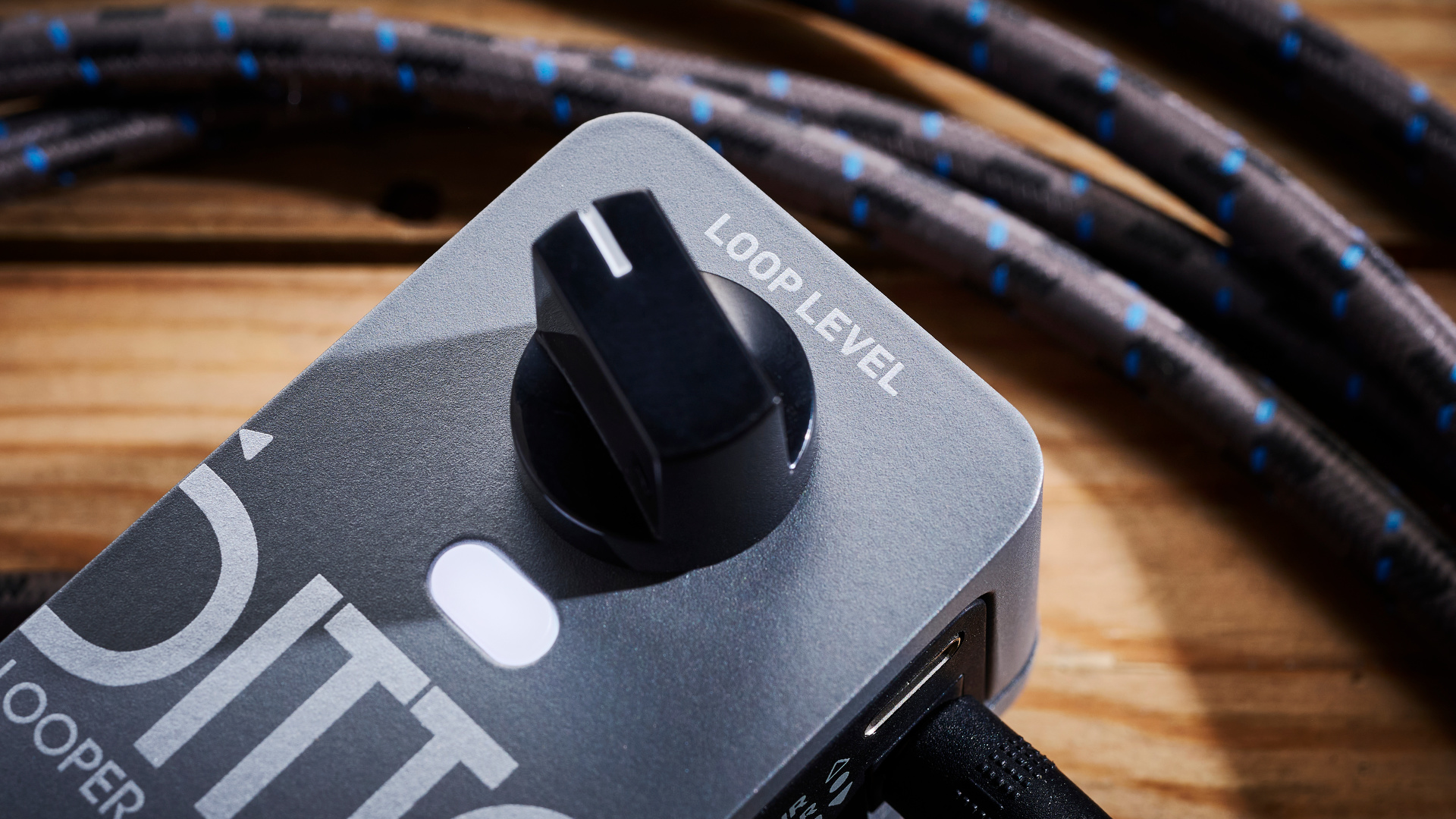
Usability rating: ★★★★☆
The Ditto 2 is relatively intuitive. After all, it does only have two controls, so there's not much to go wrong.
New to the Ditto 2 is a global redo mode. Previously while overdubbing on the Ditto, it was possible to recover a deleted overdub. This was to allow you to bring in and out a set of chords or a pad. Granted, this takes precision, and is probably only suitable for more ambient playing, but it was a useful feature. On the Ditto 2 this feature is available not just for overdubs but also the main loop.
If you stop and then clear the main loop with two taps and a long press, you delete the main loop. However, it can still be recovered with a long press, ideal when jamming. Another excellent jamming feature is the loop snap, always-on by default.
The main usability drawbacks of the Ditto 2 are the same as the Ditto. Loop snap or no, the pedal isn't quantized and can't be locked to a tap. This means it can be hard to sync up to backing tracks or multiple loops acrosss a band.
Using companion apps for something like an Axe-FX or gig floorboard makes sense, but in truth I struggle to see the point for something like this pedal
The flip side of this of course is that it is easier to create arbitrary length loops. Perhaps you use multiple time signatures, or you play with polyrhythms. In such cases, a simpler looper pedal is usually better.
The one thing it does not have due to its compactness is a dedicated stop footswitch. The reason the Ditto X2 was such a usability upgrade from the Ditto was the ability to easily record, arm, create and stop loops according to the need live, with a very foolproof interface. Even while testing I made a few mistakes with this single knob variant, reminding me why for many years I gigged with a Ditto X2.
There's an app to create a dedicated user profile, but on a pedal so simple there's only a couple of parameters to change - footswitch mode and loop snap.
Using companion apps for something like an Axe-FX or gig floorboard makes sense, but in truth I struggle to see the point for something like this pedal. I would go so far as to say that for a compact FX pedal, an app should only be required as a last resort. Luckily the Ditto 2 works great out of the box.
Sounds
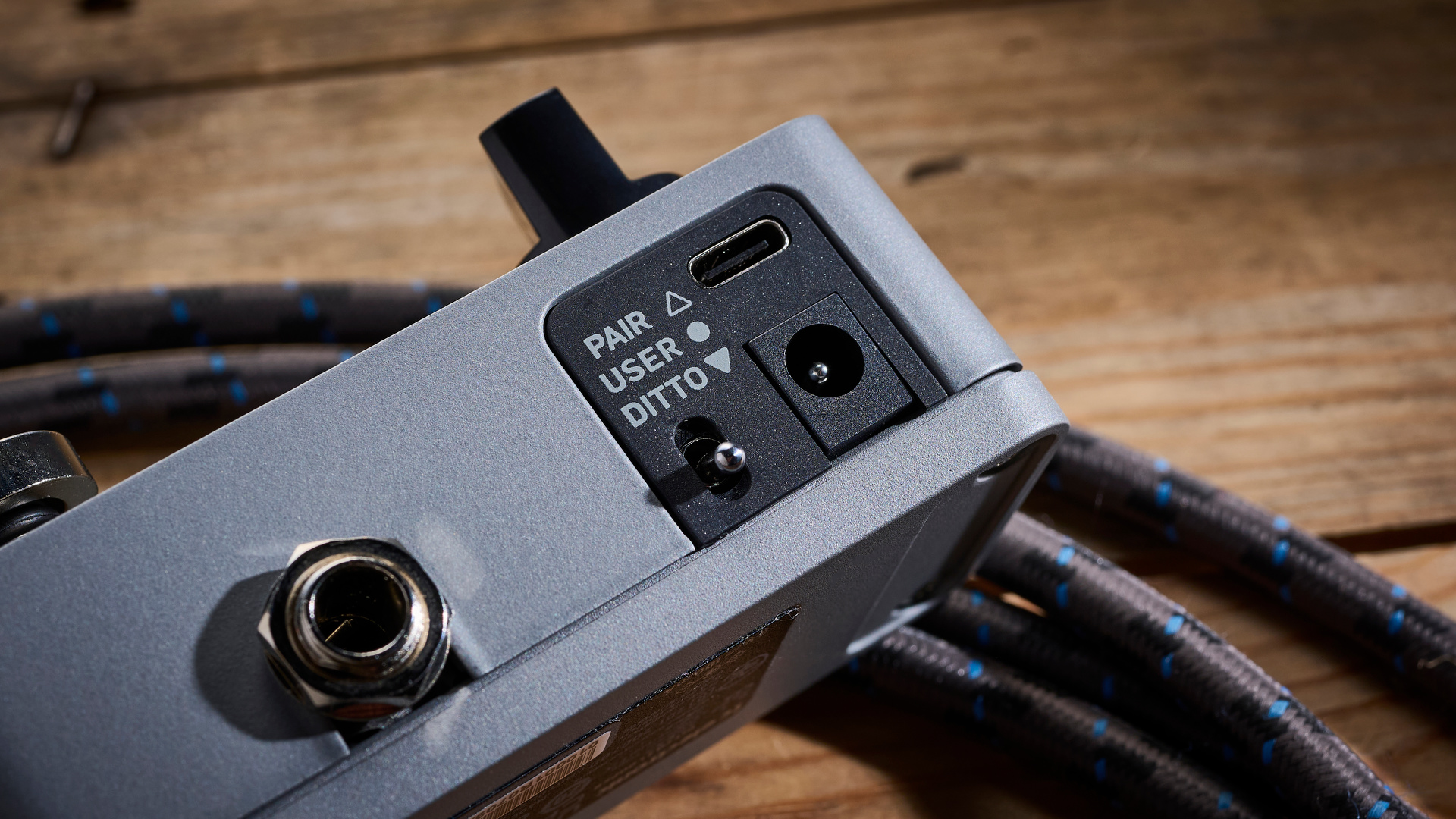
Sounds rating: ★★★★★
Sound-wise the Ditto 2 does everything you could ask. It's transparent when not in operation, crisp when looping, and handles high-gain and complex audio sources with ease.
It only gets muddy after several layers of overdubs, as you'd reasonably expect.
Verdict

The original Ditto was one of the smallest, if not the smallest, studio-quality looper. It could fit on any board, and while limited in feature set did its one job very well.
The Ditto 2 will slot into the same gap in the market and no doubt sell well, if only because the pedal it replaces also sold well.
Any owners of the original won't see the need to upgrade. Moreover, this will compete with other, slightly larger, more fully featured loopers, including TC's other previous generation pedal, the Ditto X2.
MusicRadar verdict: Overall, the Ditto 2 is an evolution, not a revolution. There are a couple of additional pieces of functionality, but any players familiar with the original know how this works. If you're new to the mini looper world – the Ditto 2 is a great place to be.







